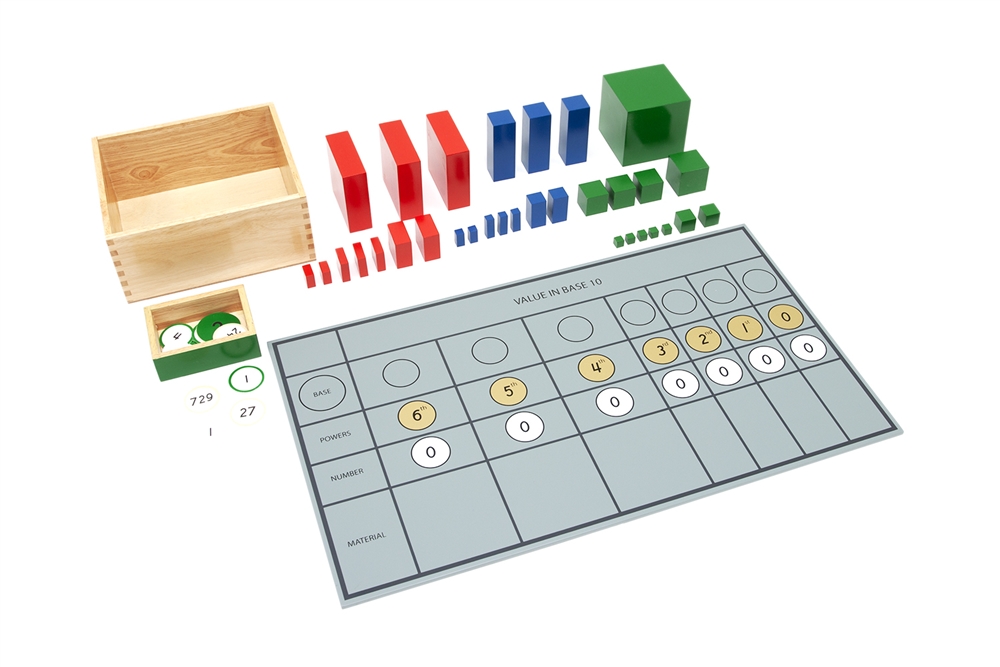I am short on time, but I have several people interested in my analysis,
so here are my notes. If I have a chance I will freshen these up in the
near future with a bit more narrative.
Please DO ask if something doesn't make sense!
In Complete Agreement:
0+
Developing language at home - absorbing it
speak, sing, poems, rhymes, read books
REAL language - diverse vocabulary
explore with the sound games (spoken language section of the language
album - can begin when a child starts speaking, maybe even before -
attune his ear to sounds)
2 1/2 +
Development of vocabulary
Primary Language album: spoken language - heavily emphasized (there are a
lot of games in the spoken language section that are excellent for the
children's exploration!)
Stories, poems and songs
Emphasis on key sounds - but not on early sandpaper letters! Be sure to
have those sounds down pat! But also start them when the child is very
young. I add that starting with an older child (4, 5, 6), it may be
necessary to introduce some sandpaper letters very soon into it, so that
the child "sees the point". Otherwise, the earliest introduction of the
sandpaper letters is between 3 1/2 and 4, after just about the all
sounds are known.
When sounds are known, quickly go into the sandpaper letters - 2-3 weeks
should see them all mastered (AMI says "less than a month" so
corresponds). Remember, the child KNOWS the sounds; he is just learning a
graphic symbol and tracing it right now. Nothing more.
There are many references to "proper" presentations; full exercises; all
the stages (of handwriting for example); children "lucky enough" to
have had it all done right for him.... The booklet does not provide
these details; the details are found in the language album. Some sample stages of the sound games, which seems sufficient to get the heart of the matter; other stuff too lightly touched on to be in-depth.
DIFFERENCE:
Up until the booklets/folders, references of activities are to those
found in the Primary language album. Activities are very similar, with
Dwyer providing few details that are then found far in-depth in the
Primary Language album.
DIFFERENCE: The primary language has a "photo album" filled with a set
of phonogram card. There are no folders such as described in Dwyer's
booklet. They may have been at the time this booklet was originally
written. The booklets described are stage 1 of the booklets described in
the primary language album. There are two more stages of booklets,
which can be hand-made or suitable sets purchased.
SIMILARITY: For the dictionary of phonograms, the album page in the primary language album is "Research".
Dictation is done with the materials at hand - and is done in similar
manner - the child can either handwrite or use the small movable
alphabet to spell out the words.
SUMMARY OF INITIAL THOUGHTS:
All in all, the Dwyer pamphlet seems to be summarizing and providing the
framework for what was possibly AMI's specific approach at that time.
In the meantime, only the minor differences noted above have made their
way into AMI; these differences based on observation and needs of the
children.
I feel that her approach is straight-forward, but knowing what I
personally know, it leaves out a lot of details and leaves me hanging!
Understandable given the format she was working with as compared to the
size of the language album! I do NOT know how I would have felt about
this booklet if I had found it before I had AMI training. I think I
would have loved it for the framework it provides along with the bit of
details to help me be looking for the right resources to fill in the
pieces. I think I would have appreciated it and I do know that I would
have mostly understood it better than the p/b/g scheme. But I do think it would have left me with a lot of hanging questions (like what are these activity word games!?).
I highly recommend this booklet for parents homeschooling their 0-6 year
olds, but with a caveat: since it is only the structure AND the points
of emphasis, it should utilized along
with the AMI Primary
Language album. The booklet will provide the necessary introduction and
practical application, while the album will provide all the details on
the materials and presentation styles.
The album can feel overwhelming and for a non-AMI-trained parent definitely could use more of a "guide". It seems that together, this
booklet and the AMI primary language album fit well together to provide
the homeschooling mom (or other adult) what they need to know to work
with their child(ren).
(I have received some offline questions on this topic and am putting them all together in one post - it will go up on January 3rd, but please keep asking questions and I'll keep editing that post as needed so everything is in one place :)
How to Use Dwyer with AMI Primary Language (linking to post ahead of time - it will be available on January 3rd). The post includes a chart with each step in Dwyer aligned with the corresponding section of the Primary Language Album.)
Click her for a link to the Montessori Trails page correlating Dwyer with AMI with Pink/Blue/Green - aligned next to each other according to stages.























.JPG)


